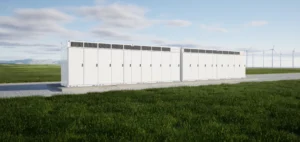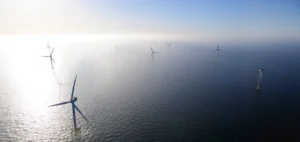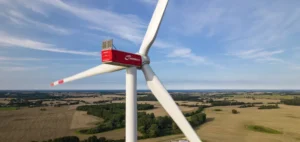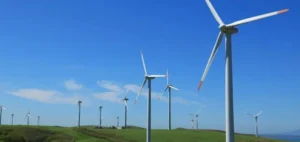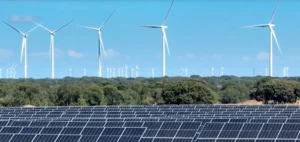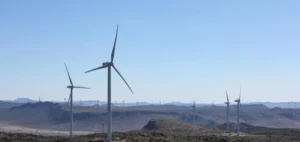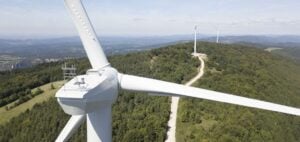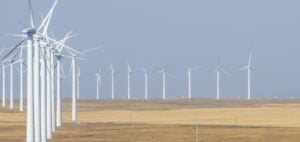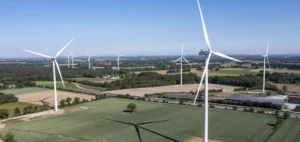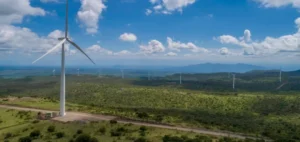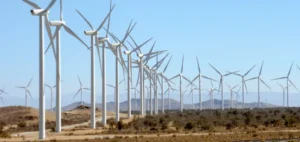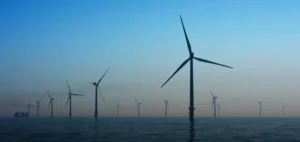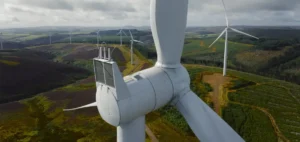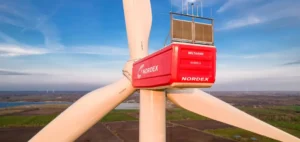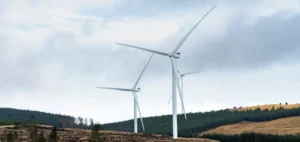On April 22, 2024, Denmark officially announced a tender for the installation of offshore wind farms, with the aim of producing six gigawatts of power by 2030. The project is described as the largest in the country’s energy history.
Strategic choice of sites
The tender includes six sites spread over four areas in Danish waters, specifically in the North Sea I, Kattegat, Kriegers Flak II and Hesselø. Each area has been selected for its optimal wind potential and its contribution to the national target.
Investments and financial model
The average investment cost for a 1 GW offshore wind farm is estimated at around DKK 16 billion (EUR 2.1 billion; USD 2.3 billion). With the six concessions, this would represent a total investment of around 14 billion USD, assuming that only the minimum 6 GW is awarded. These projects will be developed without direct subsidies, with the Danish government holding a 20% stake.
Optimistic outlook despite challenges
Kristoffer Böttzauw, Director of the Danish Energy Agency, expresses his enthusiasm: “We’re delighted to be able to offer the largest offshore wind supply in our country to date. This is a massive investment in the green transition.” Despite a drop in investment in 2022, the WindEurope association remains optimistic, anticipating the construction of around 5 GW more per year over the next three years.
Economic realities and implications
The offshore wind energy sector has suffered recently in Europe, with only 400 million euros invested in 2022, impacted by legal and market uncertainties. Challenges remain with high interest rates and rising material costs.
Towards European climate targets
Although new wind farms will increase installed capacity from 2.7 GW to 3.7 GW by 2027, this is still insufficient to meet Europe’s climate and energy targets. Denmark’s efforts are part of a wider drive to accelerate the continent’s energy transition.
Denmark’s initiative underlines the country’s commitment to sustainable development and lays the foundations for a greener, more resilient energy strategy for the future.



